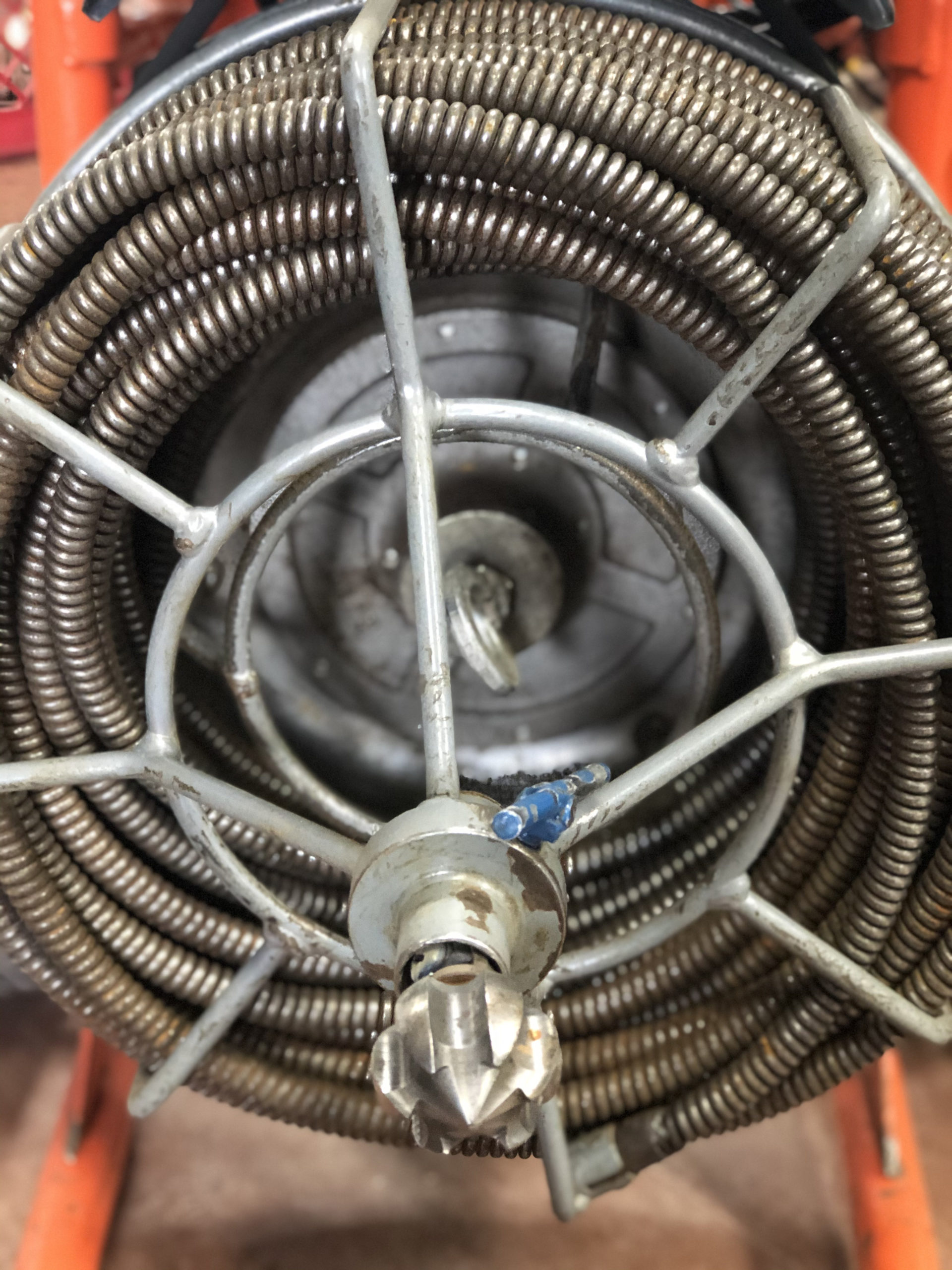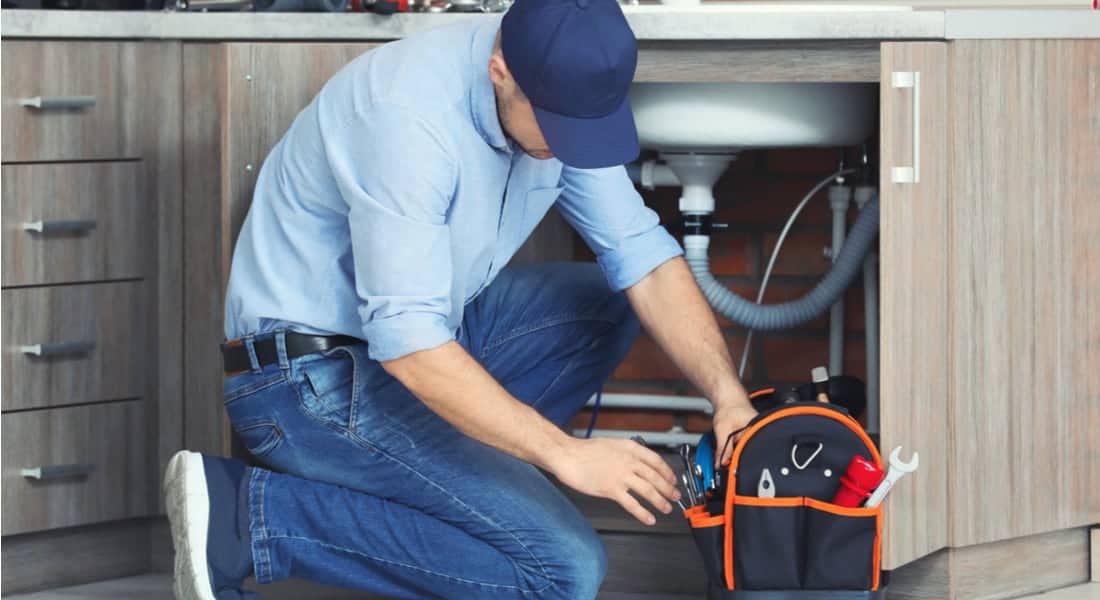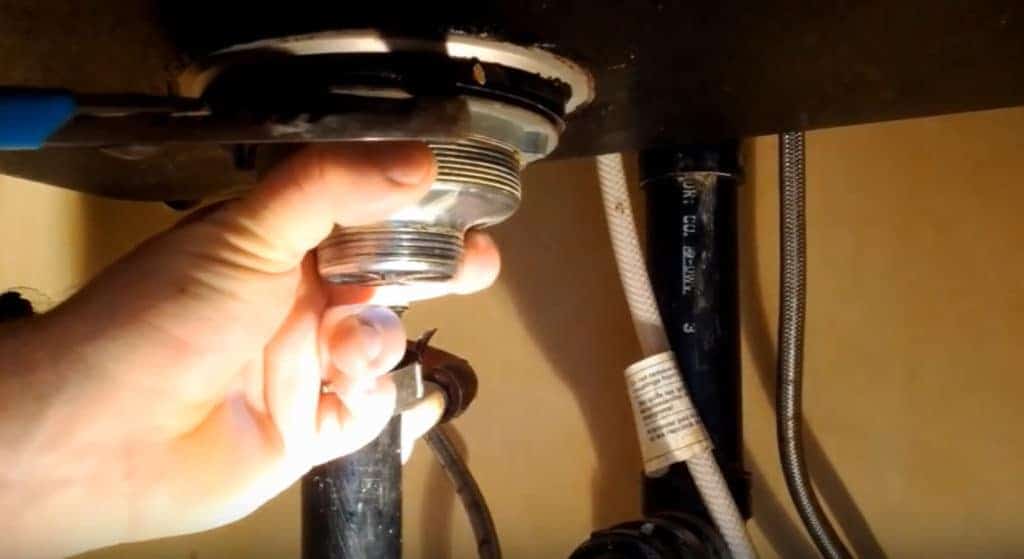Dealing with a clogged kitchen sink drain can be a real headache. Not only does it slow down your daily tasks, but it can also lead to unpleasant odors and even leaks. But before you reach for harsh chemicals or call a plumber, try these simple methods to unclog your sink drain. If your sink is still draining, start by pouring a pot of boiling water down the drain. This can help break up any grease or food particles that may be causing the clog. If that doesn't work, try using a plunger to create suction and dislodge the blockage. For tougher clogs, try using a combination of baking soda and vinegar. Pour half a cup of baking soda down the drain, followed by half a cup of vinegar. Let it sit for 10-15 minutes before flushing with hot water. The chemical reaction between the two ingredients can help break down the clog. If none of these methods work, it's time to bring out the big guns. Use a drain snake, also known as a plumber's auger, to physically remove the clog. Insert the snake into the drain and turn the handle until you feel resistance. Then, slowly pull it out, bringing the clog with it.How to Unclog a Kitchen Sink Drain
If you're installing a new kitchen sink, you'll need to install a sink drain as well. This may seem like a daunting task, but with the right tools and some basic plumbing knowledge, you can do it yourself. Start by removing the old drain and cleaning the area around the sink hole. Then, assemble the new drain according to the manufacturer's instructions. Apply plumber's putty around the top of the drain and insert it into the sink hole. On the underside of the sink, tighten the nut to secure the drain in place. Next, attach the drain pipe to the bottom of the sink drain and connect it to the drain pipe coming out of the wall. Use plumber's tape to ensure a tight seal. Finally, turn on the water and check for any leaks. If everything looks good, you've successfully installed a kitchen sink drain!How to Install a Kitchen Sink Drain
If your kitchen sink drain is old or damaged, it may be time to replace it. This process is similar to installing a new drain, but you'll need to remove the old one first. Start by turning off the water supply to the sink. Then, use a pipe wrench to loosen and remove the nut that holds the drain in place under the sink. Once the nut is removed, you can pull out the old drain and clean the area around the sink hole. Follow the same steps as installing a new drain to install the replacement. Make sure to use plumber's putty and tighten all connections to prevent leaks. Once you turn the water back on, your new kitchen sink drain should be working perfectly.How to Replace a Kitchen Sink Drain
Regularly cleaning your kitchen sink drain can help prevent clogs and keep your sink smelling fresh. Start by removing any debris, such as food scraps, from the drain. Then, pour a mixture of half a cup of baking soda and half a cup of vinegar down the drain. Let it sit for 10-15 minutes before flushing with hot water. If you notice any buildup or residue in your drain, you can also use a brush or toothbrush to scrub the inside of the drain. For tougher stains, mix equal parts water and bleach and pour it down the drain. Let it sit for 10 minutes before flushing with hot water. To keep your drain smelling clean and fresh, try pouring a cup of lemon juice down the drain and letting it sit for 30 minutes before flushing with hot water. You can also add a few drops of your favorite essential oil for a pleasant scent.How to Clean a Kitchen Sink Drain
A leaky kitchen sink drain can be a nuisance, as well as a waste of water. If you notice a leak, the first step is to turn off the water supply to the sink. Then, inspect the drain to identify where the leak is coming from. If the leak is coming from the nut at the bottom of the sink, try tightening it with a pipe wrench. If that doesn't work, you may need to replace the nut or the rubber gasket underneath it. If the leak is coming from the pipes under the sink, you may need to replace the washers or tighten the connections. If you're unsure how to fix the leak, it's best to call a plumber to avoid causing further damage to your sink or pipes.How to Fix a Leaky Kitchen Sink Drain
As mentioned earlier, a drain snake can be a useful tool for unclogging a kitchen sink drain. But how exactly do you use it? Start by inserting the snake into the drain and turning the handle until you feel resistance. Then, slowly pull it back out, which should also pull out the clog. If the clog is stubborn, you may need to use more force or try a different angle. Once the clog has been dislodged, run hot water down the drain to flush it out. If the snake doesn't work, you may need to call a professional plumber to assess the situation.How to Snake a Kitchen Sink Drain
If your sink is completely clogged and none of the methods mentioned have worked, it may be time to try a chemical drain cleaner. However, these products can be harsh and may damage your pipes, so use them as a last resort. Follow the instructions on the product carefully and make sure to wear gloves and eye protection. After pouring the cleaner down the drain, let it sit for the recommended amount of time before flushing with hot water. Be sure to thoroughly rinse the sink and drain afterwards to avoid any residual chemicals.How to Clear a Clogged Kitchen Sink Drain
If you're renovating your kitchen or need to replace your sink, you'll need to remove the kitchen sink drain. This process is similar to replacing the drain, but you won't be installing a new one. Start by turning off the water supply to the sink and removing any connected pipes. Then, use a pipe wrench to loosen and remove the nut that holds the drain in place under the sink. Once the nut is removed, you can pull out the drain and clean the area around the sink hole.How to Remove a Kitchen Sink Drain
If your kitchen sink drain is damaged, you may be able to repair it instead of replacing it completely. Depending on the type of damage, you may need to replace a specific component, such as the nut or gasket, or patch up any cracks or holes. If the damage is beyond repair, you'll need to replace the drain. Follow the steps mentioned earlier in this article to install a new drain.How to Repair a Kitchen Sink Drain
To prevent leaks and keep your kitchen sink drain working properly, it's important to properly seal it. This should be done during installation, but if you notice any leaks, it's best to reseal the drain. Start by cleaning the area around the sink hole and the underside of the drain. Then, apply plumber's putty around the top of the drain before inserting it into the sink hole. On the underside of the sink, tighten the nut to secure the drain in place. Make sure to also check and tighten any connections in the pipes to prevent leaks. In conclusion, knowing how to properly maintain and fix your kitchen sink drain is essential for a functional and efficient kitchen. With these tips and methods, you can easily handle any issues that may arise with your sink drain and keep it in top shape for years to come.How to Seal a Kitchen Sink Drain
The Importance of a Kitchen Sink Drain Outlet in House Design

Efficient Water Management
 When designing a kitchen, one of the most important considerations is the
kitchen sink
. Not only does it serve as a functional space for food preparation and dishwashing, but it also plays a crucial role in
water management
. The
kitchen sink drain outlet
is an essential component of this system as it ensures that wastewater is properly disposed of and does not cause any plumbing issues in the long run.
When designing a kitchen, one of the most important considerations is the
kitchen sink
. Not only does it serve as a functional space for food preparation and dishwashing, but it also plays a crucial role in
water management
. The
kitchen sink drain outlet
is an essential component of this system as it ensures that wastewater is properly disposed of and does not cause any plumbing issues in the long run.
Preventing Drainage Problems
 A clogged kitchen sink drain outlet can lead to a multitude of problems. It can cause
stagnant water
to accumulate in the sink, making it difficult to use for daily tasks. It can also result in
foul odors
emanating from the sink, making the kitchen an unpleasant place to be. Moreover, a blocked drain can lead to
overflowing sinks
, causing water damage to cabinets, floors, and walls. By having a properly functioning kitchen sink drain outlet, these issues can be avoided, making your kitchen a more efficient and pleasant space.
A clogged kitchen sink drain outlet can lead to a multitude of problems. It can cause
stagnant water
to accumulate in the sink, making it difficult to use for daily tasks. It can also result in
foul odors
emanating from the sink, making the kitchen an unpleasant place to be. Moreover, a blocked drain can lead to
overflowing sinks
, causing water damage to cabinets, floors, and walls. By having a properly functioning kitchen sink drain outlet, these issues can be avoided, making your kitchen a more efficient and pleasant space.
Enhancing Aesthetics
:max_bytes(150000):strip_icc()/how-to-install-a-sink-drain-2718789-hero-24e898006ed94c9593a2a268b57989a3.jpg) Apart from its functional purpose, a kitchen sink drain outlet can also contribute to the overall aesthetics of your kitchen. With a variety of
designs and materials
available, you can choose one that complements the style of your kitchen. From sleek stainless steel to elegant marble, a well-designed kitchen sink drain outlet can add a touch of sophistication to your kitchen design.
Apart from its functional purpose, a kitchen sink drain outlet can also contribute to the overall aesthetics of your kitchen. With a variety of
designs and materials
available, you can choose one that complements the style of your kitchen. From sleek stainless steel to elegant marble, a well-designed kitchen sink drain outlet can add a touch of sophistication to your kitchen design.




:max_bytes(150000):strip_icc()/freshen-and-unclog-drain-with-baking-soda-1900466-22-bbf940b70afa4d5abef0c54da23b1d3f.jpg)






/how-to-unclog-a-kitchen-sink-2718799_sketch_FINAL-8c5caa805a69493ab22dfb537c72a1b7.png)




/how-to-install-a-sink-drain-2718789-hero-b5b99f72b5a24bb2ae8364e60539cece.jpg)















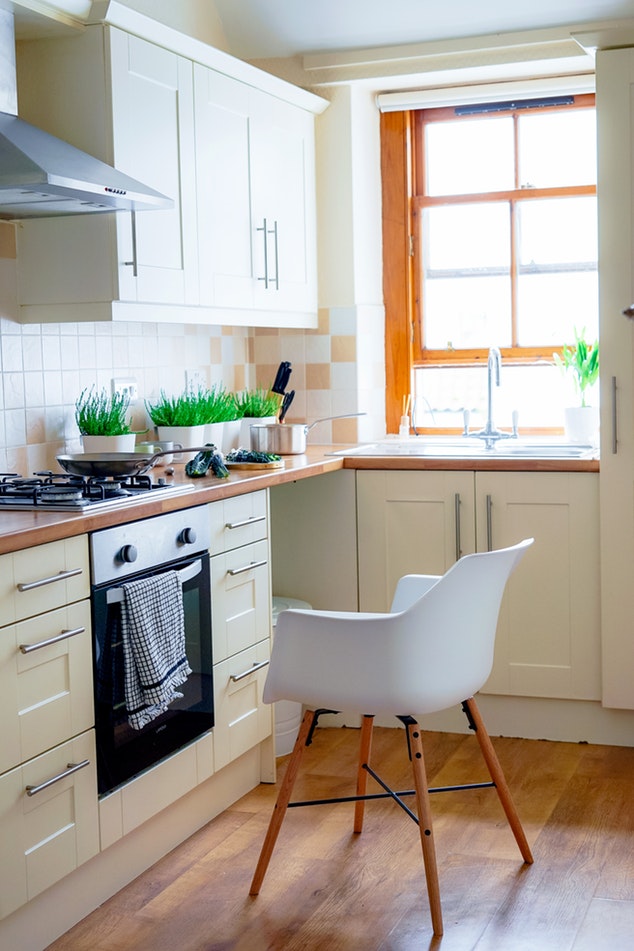



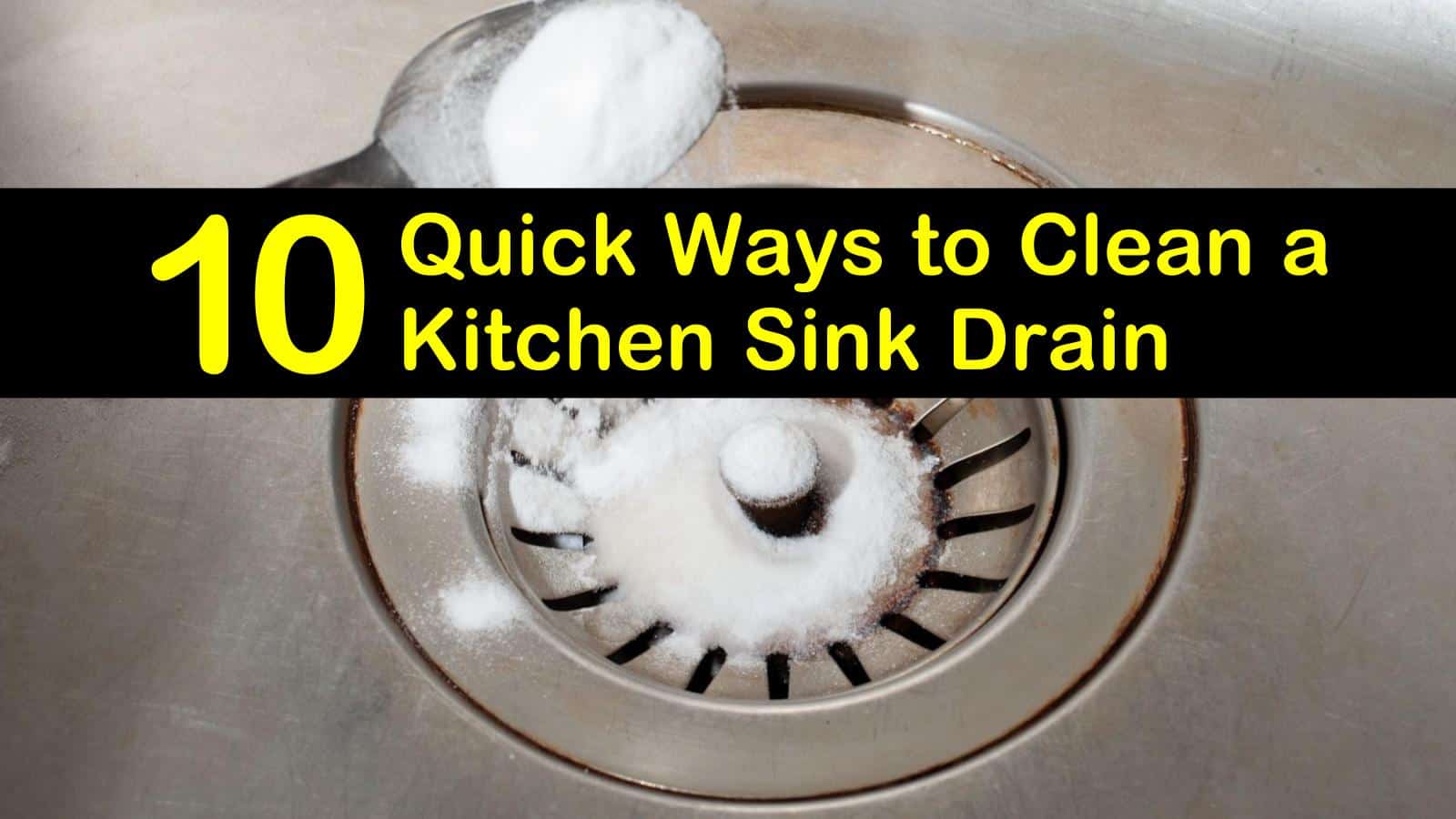


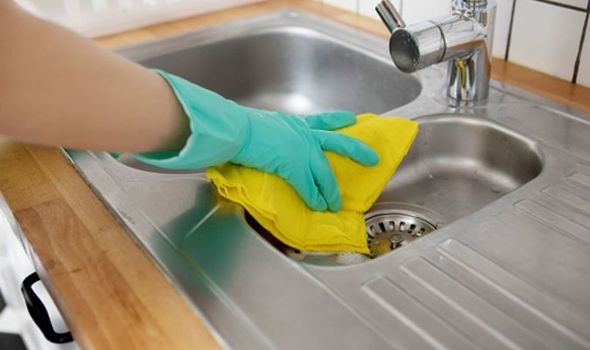

:max_bytes(150000):strip_icc()/how-to-clean-a-kitchen-sink-and-drain-01-5660035-a1d8afe3894346f9a579e66c55e64b7d.jpg)











